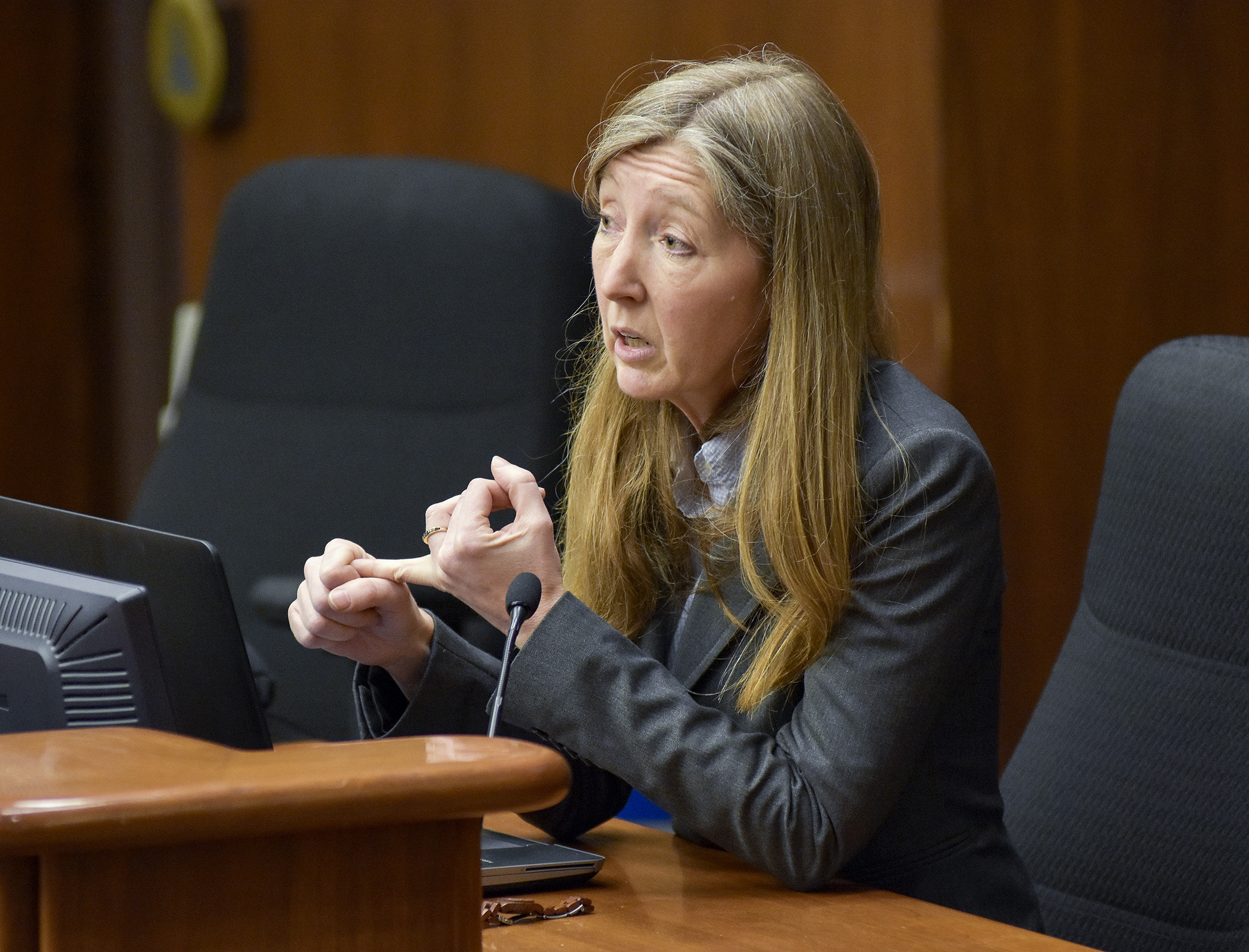Farmer safety legislation pushed in committee

Farm fatalities and their devastating impact on families and communities is something one Faribault lawmaker knows intimately.
Rep. Brian Daniels (R-Faribault) recounted Wednesday in the House Agriculture Policy Committee how the young father of a nearby family was killed in a tractor rollover accident when Daniels was growing up. He said the family’s loss was felt by many people.
Minnesota saw more than 210 farm work-related deaths from 2003 to 2013, a 30 percent increase from the prior decade, according to committee members. Nationwide, approximately 1,412 people were killed by tractor rollovers from 1992 to 2005, according to National Institute for Occupational Safety and Health.
A slate of farm safety bills aimed at addressing safety issues and reducing fatality rates were discussed during the committee meeting.
Tractor rollovers
Two nearly identical bills seeking to help Minnesota farmers afford installation of rollover protective structures, or roll bars, in their tractors were discussed before being laid over by the committee.
Rollover protective structures, or ROPS, are metal post frames for vehicles that prevent injury or death by physically hindering a complete rollover in an accident.
HF2516 would create a pilot program emulating the New York Center for Agriculture Medicine and Health’s ROPS retrofit program by subsidizing 70 percent of a farmer’s documented costs for purchasing, shipping and installing an eligible ROPS on tractors built before 1987. There is no Senate companion.
The bill, sponsored by Daniels, would place the Department of Agriculture in charge of administering a privately funded program and direct the department to reduce costs by coordinating with the New York Center for Agriculture Medicine and Health.
HF2502 would provide identical legislation except it would allocate an additional $250,000 to the program for 2017 from the state’s General Fund. Committee Chair Rep. Paul Anderson (R-Starbuck) sponsored this legislation.
SF2701, the companion bill and sponsored by Sen. Dan Sparks (DFL-Austin), awaits action in the Senate Job, Agriculture and Rural Development Committee
Currently, six states including Wisconsin, participate in the multi-state ROPS initiative that grew out of the New York program.
Julie Sorenson, director of the Northeast Center for Occupational Safety and Health for Agriculture, Forestry and Fishing and the New York Center for Agricultural Medicine and Health, testified in favor of the bill.
She said ROPS are extremely effective at preventing rollover deaths but approximately 40 percent of U.S. tractors don’t have a ROPS.
“(Rollovers) are one of the most frequent causes of death (for farmers). We have a solution that’s commercially available,” Sorenson said. “But the question is why aren’t farmers using them?”
A New York survey found farmers without a ROPS hadn’t purchased one because of their cost, the time required to install them and personal beliefs they didn’t face a risk, she said.
She said the New York program received a very positive response from farmers.
During testimony for his bill, Daniels shared his own experience with farm fatalities and urged the committee to pass the legislation.
“I was very happy to be given a chance to introduce this bill,” Daniels said. “To me, it’s a win-win bill.”
Anderson said several major agricultural and food companies have already expressed strong interest in supporting the program. He said he also likes that the legislation is entirely voluntarily
Rudolph Randolph Future Farmers of America member Tiana Larson, 16, testified that her FFA chapter wanted to be the first to participate in the program. She said they use an old model tractor to work the chapter’s field and a ROPS would dramatically improve their safety. She said they can’t afford the roughly $800 expense on their own.
Anderson said he would personally ensure they received the first one if the legislation is passed.
Farmer safety program
HF2840 was the other major farmer safety bill discussed in the committee.
Sponsored by Rep. Clark Johnson (DFL-North Mankato), the bill would allocate $100,000 from the state’s General Fund to establish a program that would act as a “clearinghouse” of safety information for Minnesota farmers, their families and their workers. The Department of Agriculture would administer the program and actively promote it to farmers and farmer organizations.
The committee approved the bill and referred it to the House Agriculture Finance Committee. SF2786, the companion bill sponsored by Sen. Kent Eken (DFL-Twin Valley), awaits action in the Senate Jobs, Agriculture and Rural Development Committee.
Related Articles
Search Session Daily
Advanced Search OptionsPriority Dailies
Ways and Means Committee OKs proposed $512 million supplemental budget on party-line vote
By Mike Cook Meeting more needs or fiscal irresponsibility is one way to sum up the differences among the two parties on a supplemental spending package a year after a $72 billion state budg...
Meeting more needs or fiscal irresponsibility is one way to sum up the differences among the two parties on a supplemental spending package a year after a $72 billion state budg...
Minnesota’s projected budget surplus balloons to $3.7 billion, but fiscal pressure still looms
By Rob Hubbard Just as Minnesota has experienced a warmer winter than usual, so has the state’s budget outlook warmed over the past few months.
On Thursday, Minnesota Management and Budget...
Just as Minnesota has experienced a warmer winter than usual, so has the state’s budget outlook warmed over the past few months.
On Thursday, Minnesota Management and Budget...
